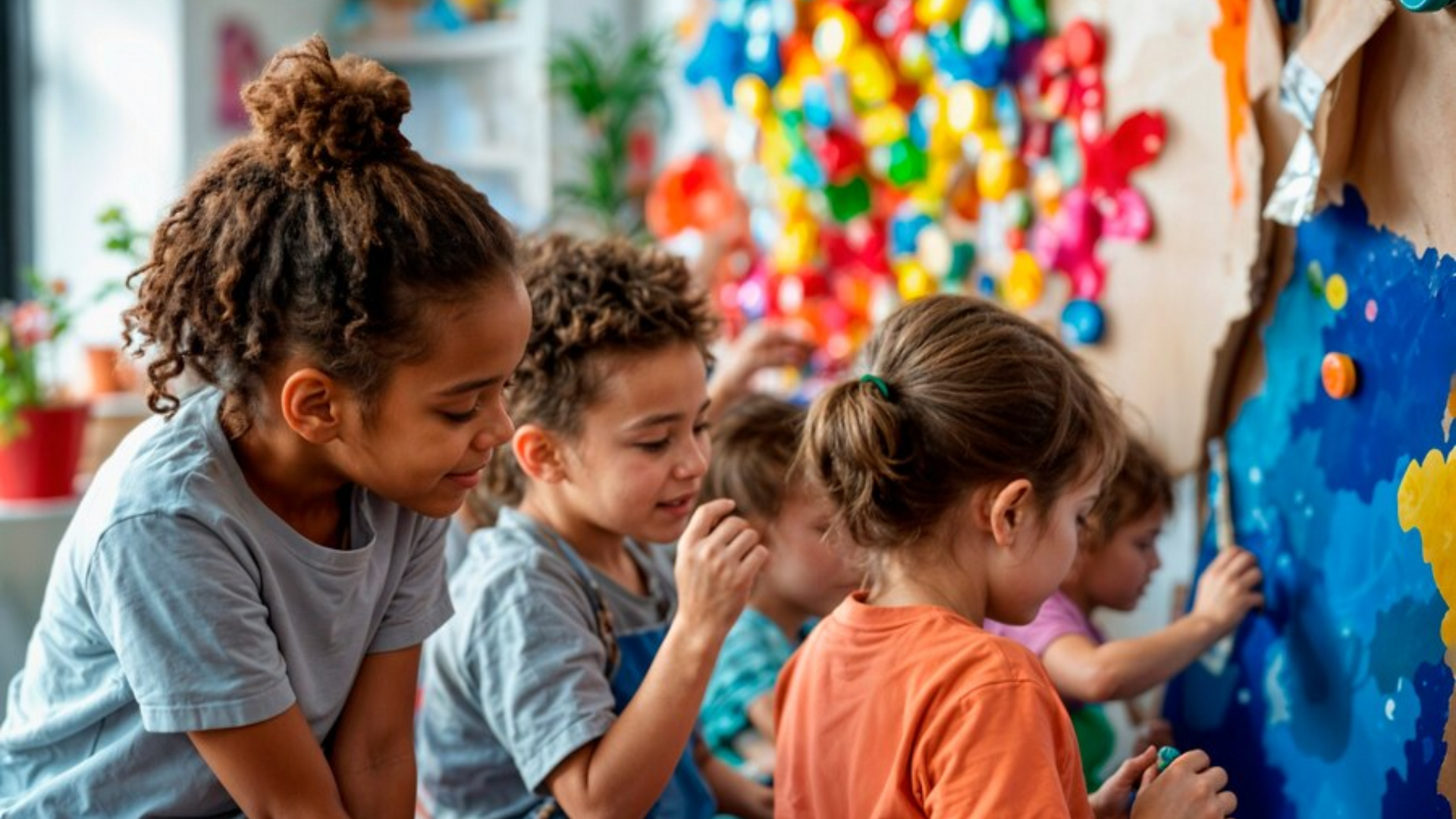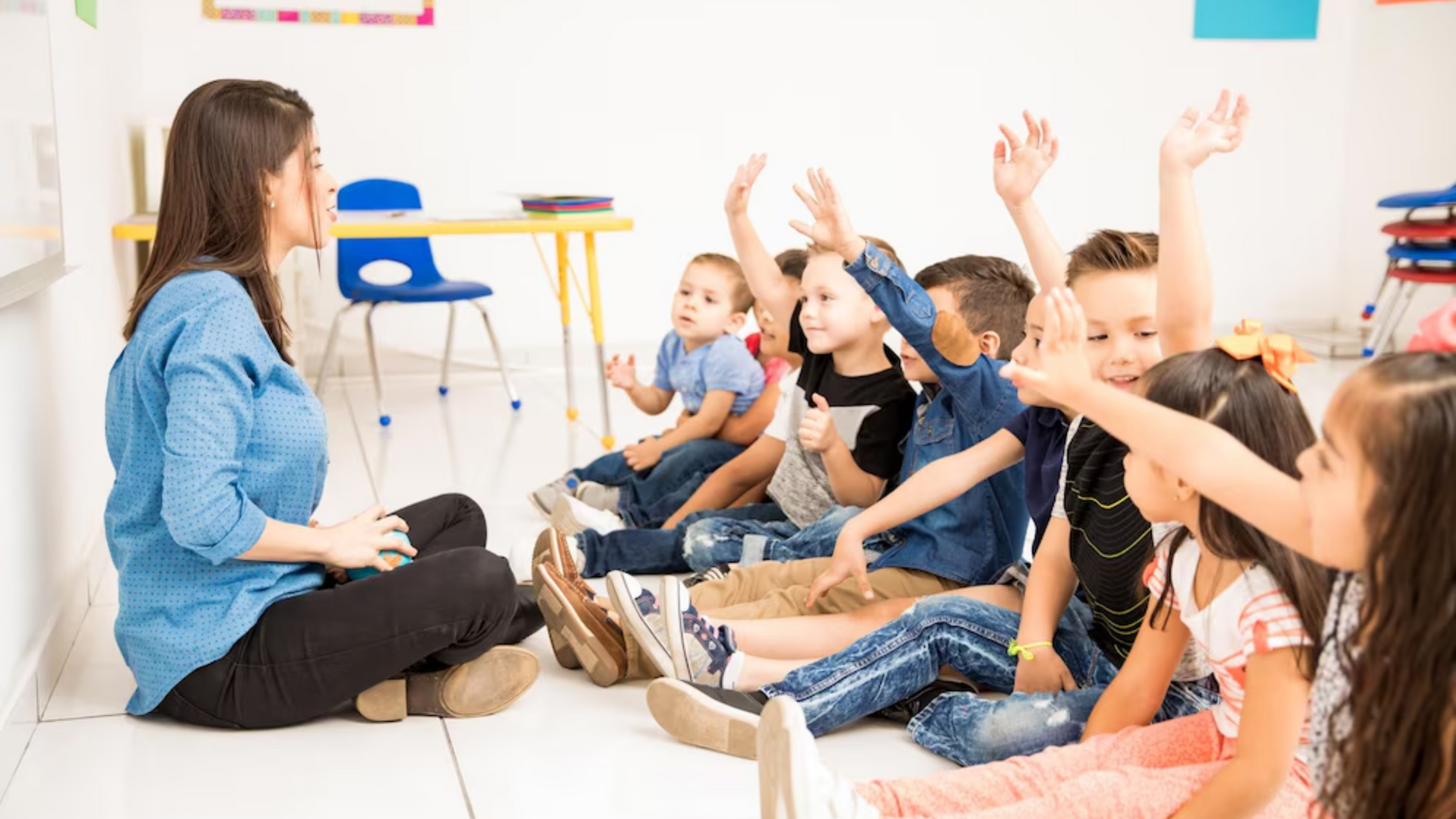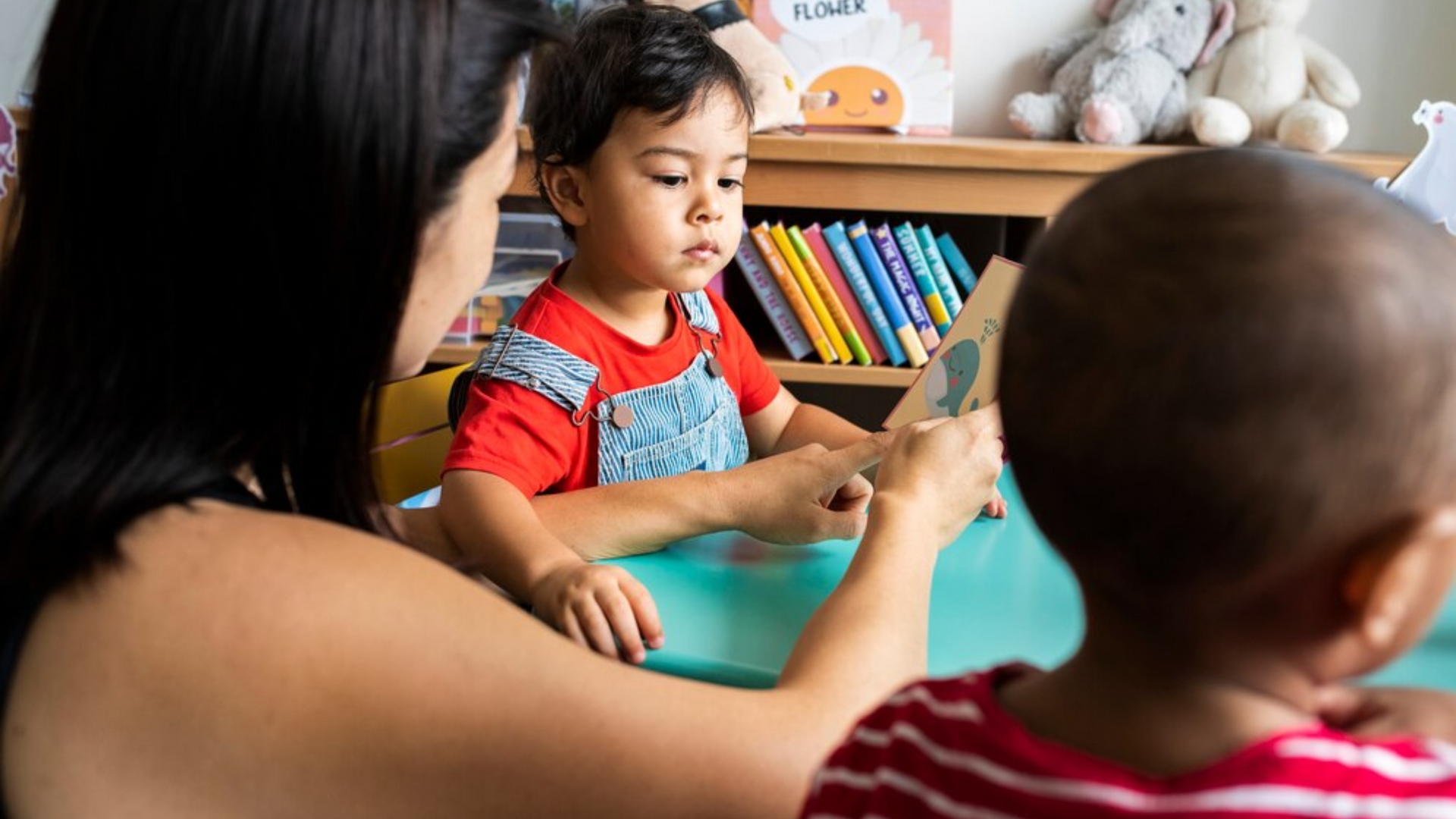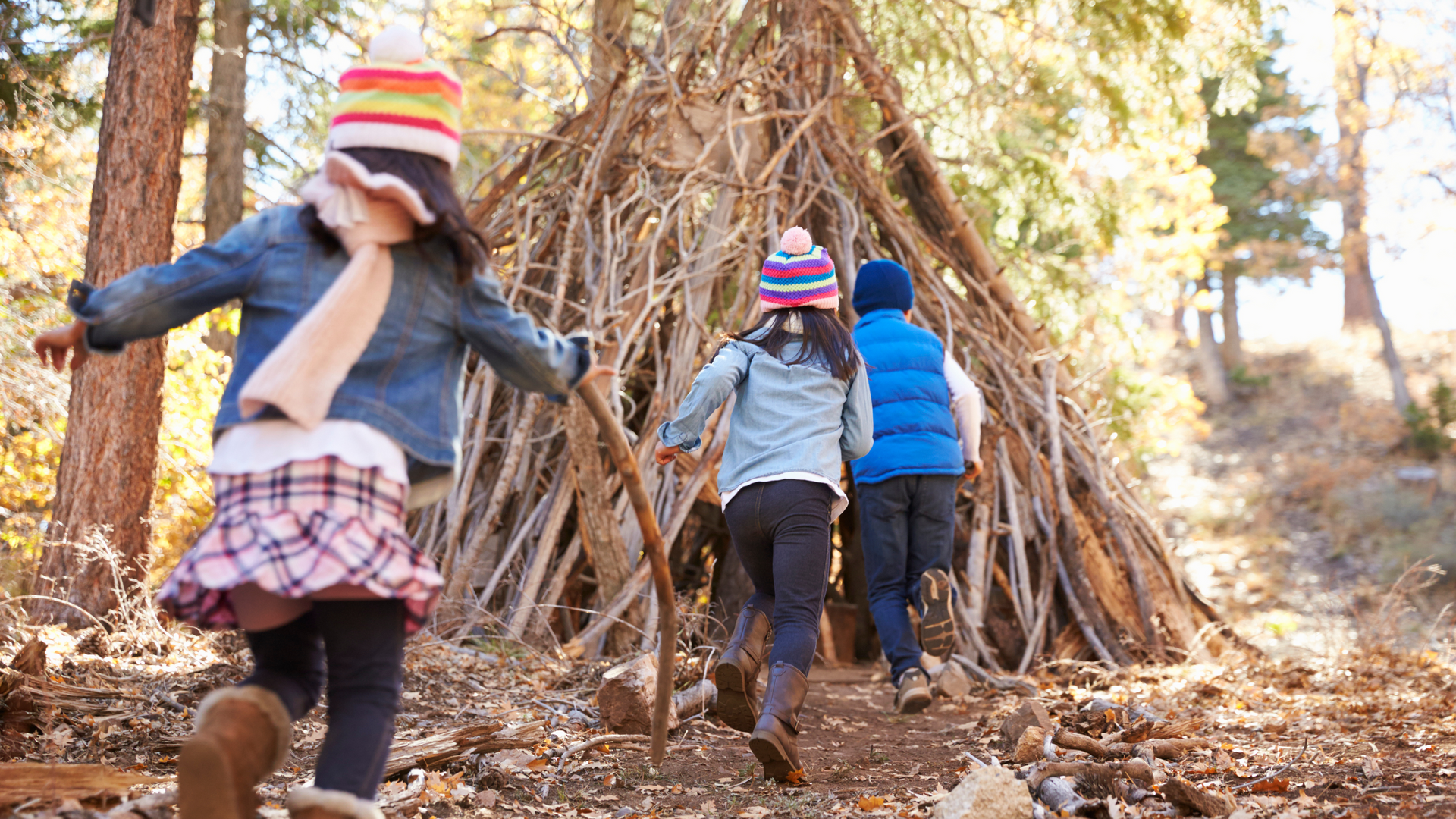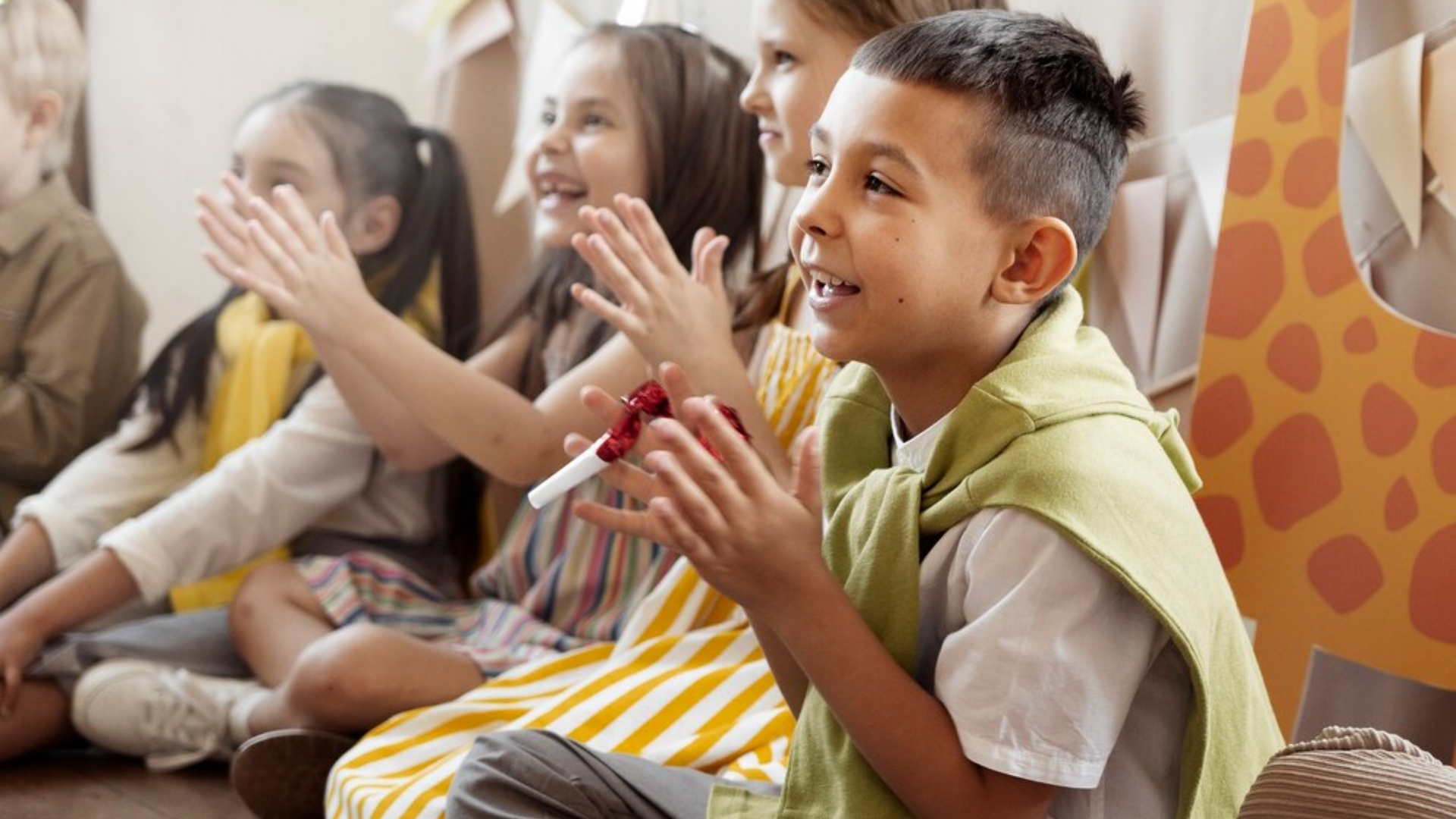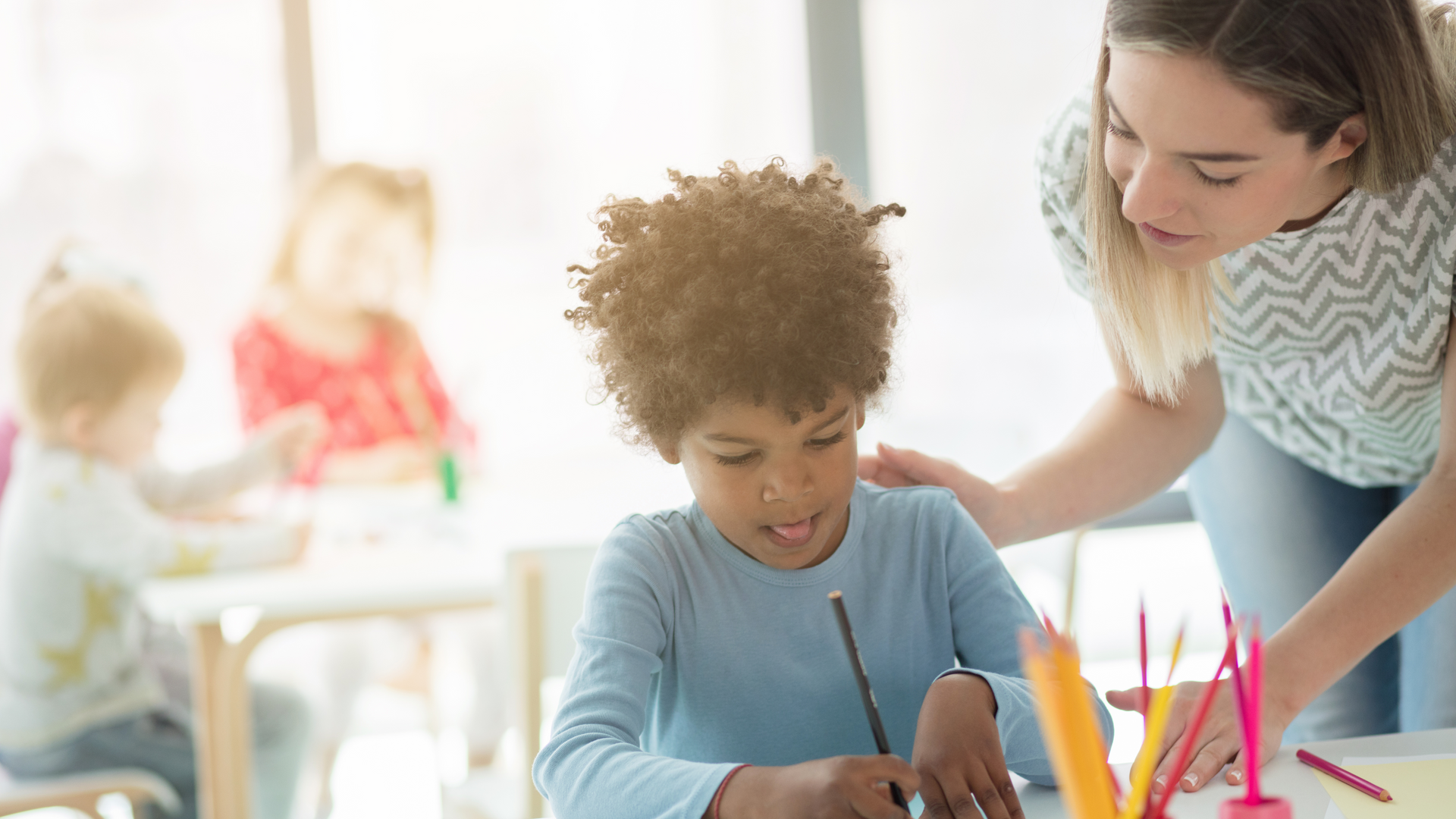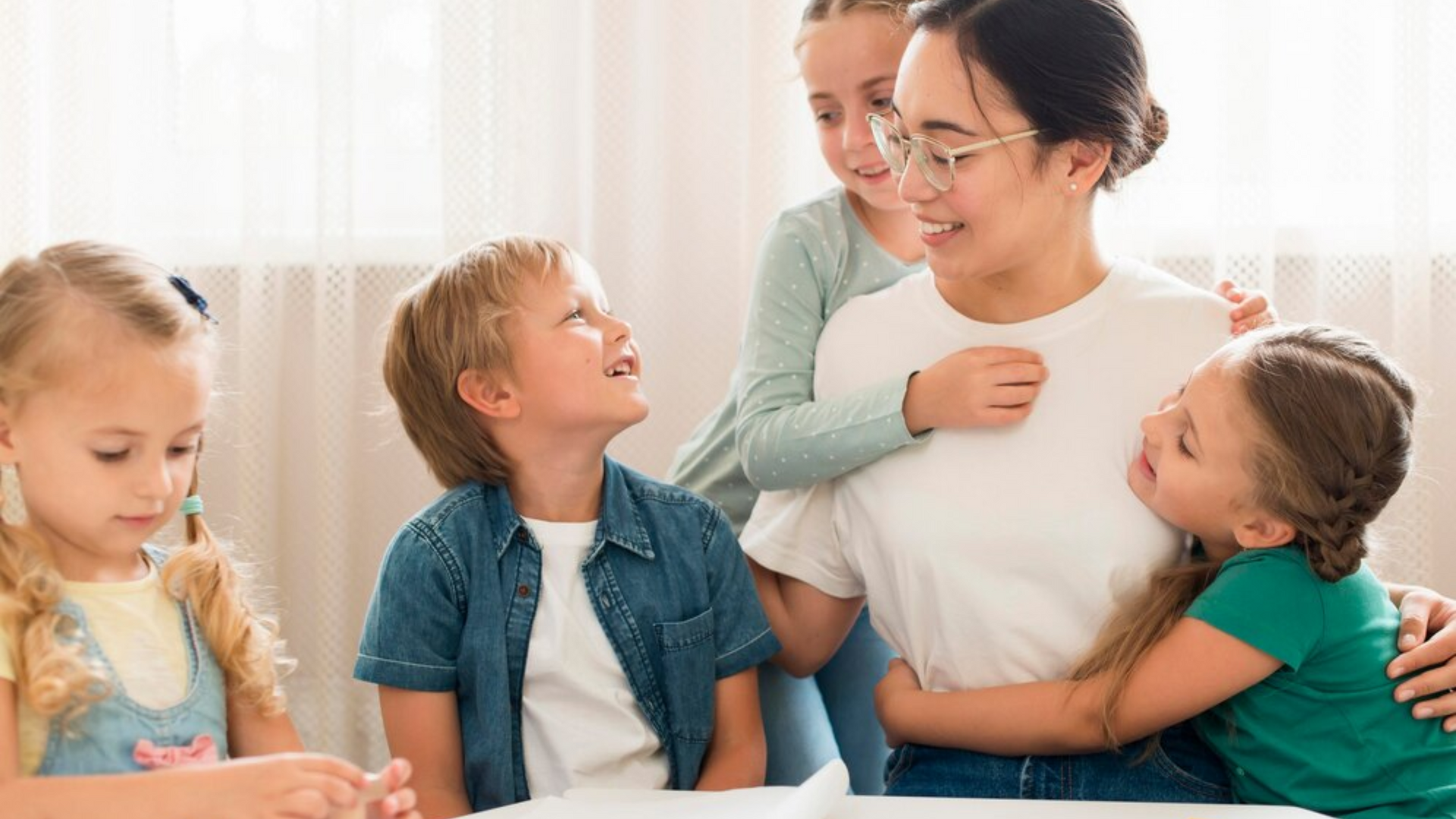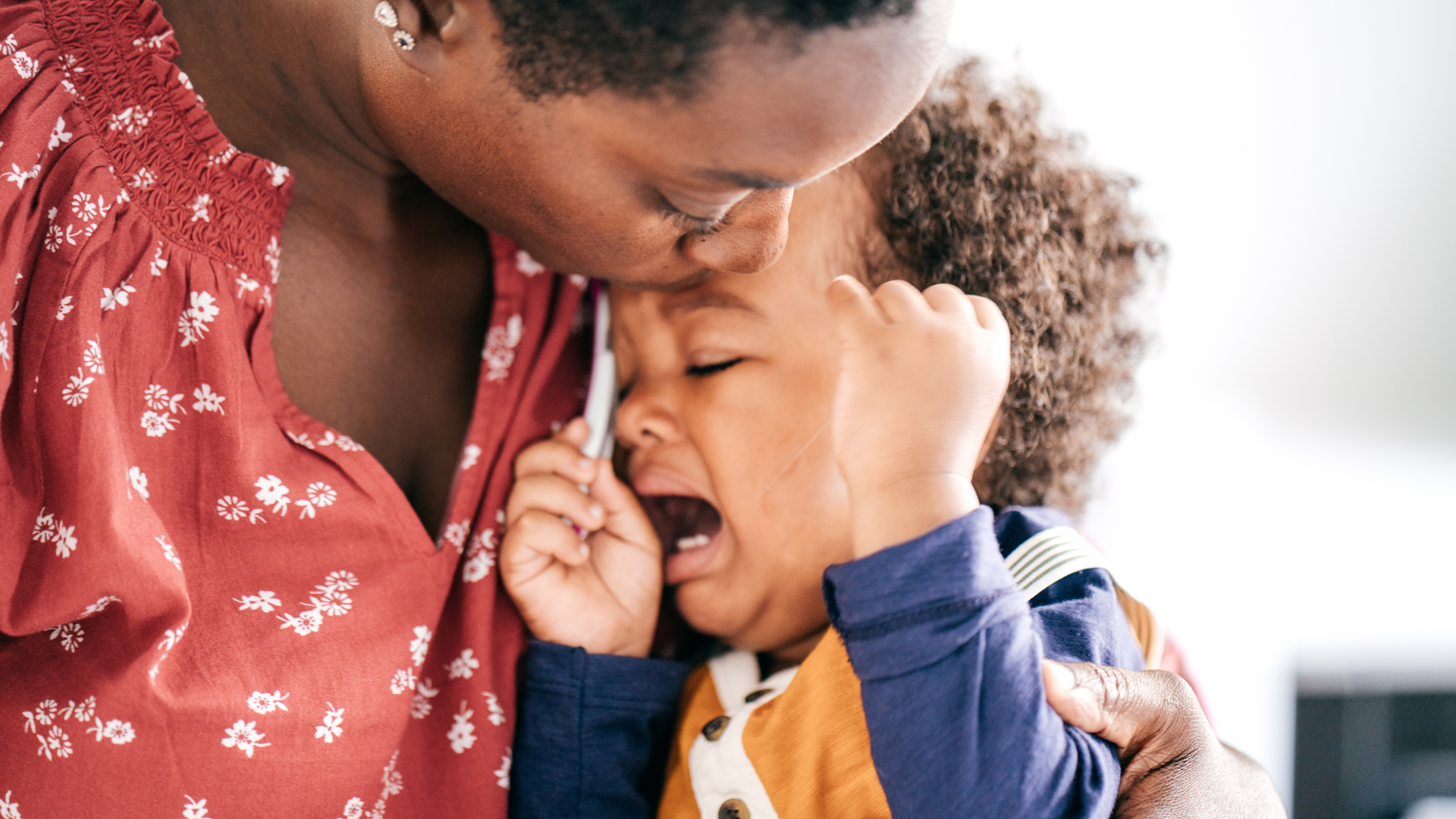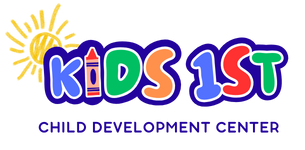Spring into Learning: Fun Seasonal Activities at Kids 1st
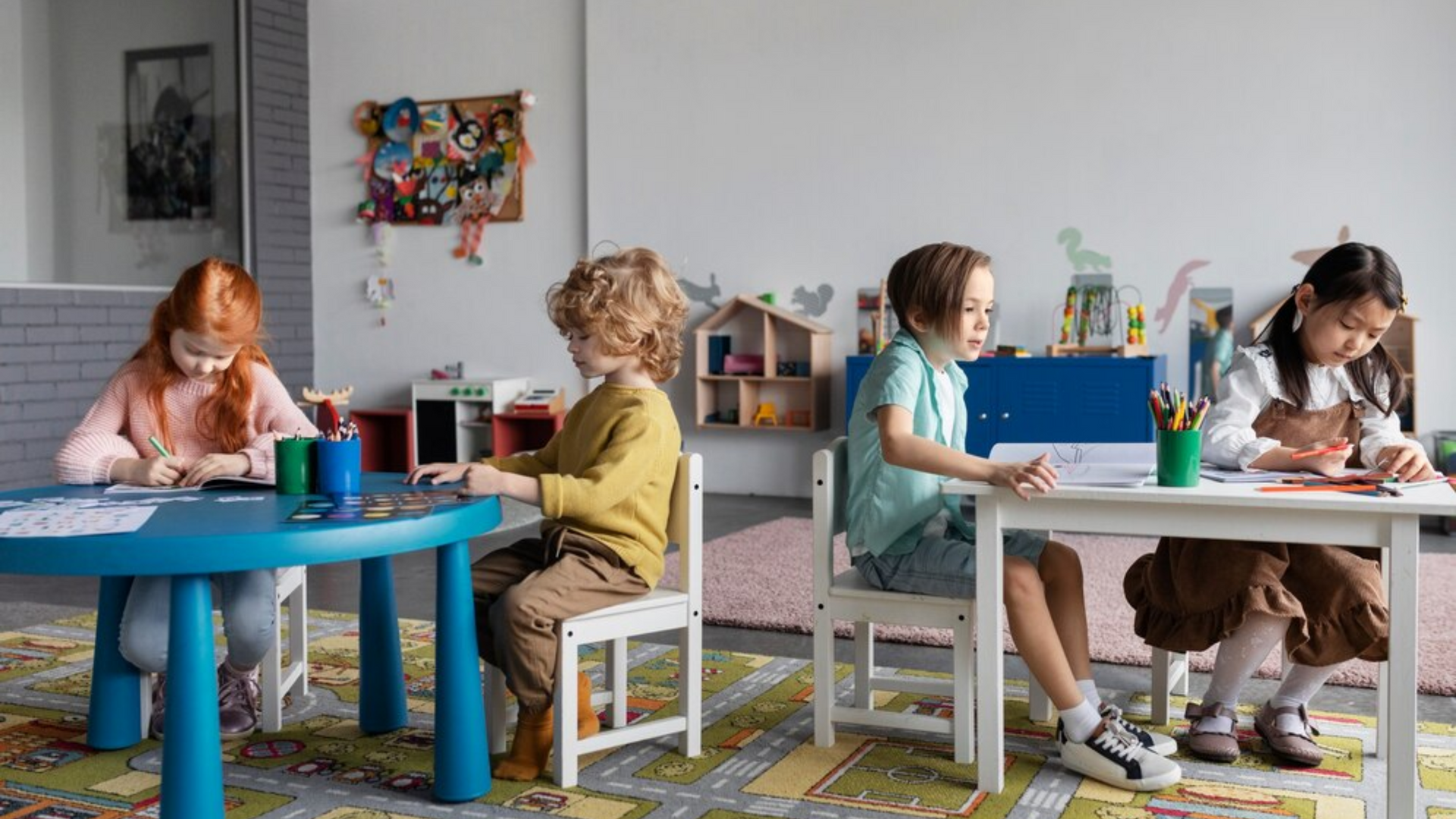
As the season of renewal unfolds, spring offers the perfect opportunity for growth, learning, and exploration. The warmer weather, blooming flowers, and budding trees serve as a natural classroom for children. At Kids 1st Child Development Center, we take full advantage of this season by incorporating fun and educational activities that engage young learners and connect them to the world around them. From nature walks to themed crafts, springtime at Kids 1st is full of exciting opportunities for children to explore, create, and grow.
In this blog post, we’ll share some of our favorite spring activities that not only align with developmental goals but also inspire creativity and curiosity. Whether you’re a parent looking for fun ways to keep your child engaged at home or a local family interested in our center’s approach to seasonal learning, these ideas are sure to help spring into a season of growth and discovery!
1. Nature Walks and Outdoor Exploration
Spring is synonymous with the great outdoors, making it the perfect time to take children on nature walks. This activity allows them to observe the changes in their environment, practice mindfulness, and appreciate the beauty of the world around them.
What Kids Learn:
- Observation skills
- Vocabulary building (names of flowers, trees, insects)
- Science concepts (growth, seasons)
- Gross motor skills (walking, running, balancing)
How It Works:
- Take the children on a guided walk around the center or in a nearby park. Encourage them to look for signs of spring, such as flowers blooming, animals coming out of hibernation, or birds building nests.
- Allow them to collect natural items like fallen leaves, sticks, or flowers (with permission) to create nature-based art projects later.
- Discuss the changes you see: “What color are the flowers? What does the air feel like? Can you hear any birds chirping?”
Nature walks are a great way to build curiosity and connect children to the changing seasons while developing an appreciation for nature.
2. Planting Seeds and Growing Gardens
Spring is the season of growth, making it a perfect time to introduce children to the concept of planting and nurturing plants. Whether it’s in small pots or a larger garden plot, growing plants allows children to learn firsthand about life cycles, responsibility, and the joy of watching something they’ve planted grow.
What Kids Learn:
- Responsibility (watering, care)
- Science concepts (photosynthesis, growth stages)
- Fine motor skills (planting, watering)
- Patience and observation (waiting for seeds to grow)
How It Works:
- At Kids 1st, we often start by planting seeds in small cups or pots. Children can choose from a variety of flowers or vegetables such as sunflowers, carrots, or beans.
- Talk with children about what plants need to grow: water, sunlight, and time. This is an excellent opportunity to discuss concepts like germination, roots, and stems.
- As the plants grow, children can track their progress, drawing pictures or writing about their observations in a garden journal.
- If possible, involve the children in the actual process of creating a garden or planting in the center’s outdoor space.
Planting seeds is a fun and interactive way for kids to connect with nature, learn about growth, and understand the importance of nurturing living things.
3. Spring-Themed Sensory Bins
Sensory play is an essential part of early childhood development, and springtime offers an array of sensory-rich materials to explore. Spring-themed sensory bins engage children’s senses while helping them develop motor skills, creativity, and problem-solving abilities.
What Kids Learn:
- Sensory exploration (touch, sight, sound)
- Fine motor skills (pouring, scooping, sorting)
- Creativity and imaginative play
How It Works:
- Create a sensory bin with materials that reflect the sights, sounds, and textures of spring. For example, use flower petals, grass, soil, small plastic insects, and plastic garden tools.
- Encourage the children to explore the materials, sorting the items, feeling the textures, and using the garden tools to dig and plant.
- Incorporate additional learning opportunities by including items like plastic eggs for a spring egg hunt, small rocks to represent garden paths, or toy animals to create springtime scenes.
Sensory bins encourage children to use their senses to explore, experiment, and create, all while fostering imagination and cognitive growth.
4. Spring Crafting and Art Projects
Crafting during the spring is an excellent way for preschoolers to express their creativity and develop fine motor skills. Simple art projects like making flowers, painting rainbows, or creating butterflies help children engage with the colors, textures, and themes of the season.
What Kids Learn:
- Color recognition (spring colors like pink, yellow, green)
- Creativity and self-expression
- Fine motor skills (cutting, gluing, painting)
- Seasonal knowledge (flowers, animals, weather)
How It Works:
- Flower Collages: Use tissue paper, construction paper, or real petals to create colorful flower collages. Children can cut out petal shapes and glue them to a paper plate or background to form a beautiful flower.
- Rainbow Paintings: Use vibrant colors to teach children about rainbows and the water cycle. Provide paint in the colors of the rainbow and let the children experiment with blending the colors together.
- Butterfly Prints: Create butterfly shapes out of paper and let children paint or color them. After they dry, fold the wings in half and press them down on paper to create a mirrored print.
These crafts not only engage children in fun activities but also help reinforce the learning of colors, shapes, and nature-related themes.
5. Spring Storytime and Literature Exploration
Storytime is a wonderful way to introduce children to the themes of spring while fostering language development and literacy skills. Whether you’re reading books about flowers, animals, or the changing weather, storytime helps young learners connect the concepts they explore in the classroom to the world outside.
What Kids Learn:
- Listening skills
- Vocabulary building
- Imagination and storytelling
- Concepts related to seasons, animals, and nature
How It Works:
- Choose spring-themed books such as “The Very Hungry Caterpillar” by Eric Carle, “The Tiny Seed” by Eric Carle, or “Spring is Here” by Taro Gomi.
- After reading, engage children in discussions about the story’s themes. Ask them questions like, “What happens in the story? What changes do you see in the spring?”
- Encourage children to retell the story in their own words, enhancing their comprehension and language skills.
- Extend the activity by creating a spring-related puppet show or dramatic play session based on the book they just read.
Reading books that reflect the season not only enhances children’s literacy skills but also helps them understand and enjoy the changes that come with spring.
6. Spring-Themed Music and Movement
Spring is full of energy, and so are preschoolers! Music and movement activities are a great way to burn off energy while learning about the season. Songs about flowers, rain, and animals can be combined with dance and movement to create a lively, engaging experience for children.
What Kids Learn:
- Gross motor skills (jumping, clapping, dancing)
- Rhythm and coordination
- Listening skills
- Understanding of seasons and weather
How It Works:
- Play spring-themed songs like “The Ants Go Marching” or “If You’re Happy and You Know It” with a spring twist (e.g., “If you’re happy and you know it, clap your hands like a butterfly!”).
- Encourage children to move to the music, mimicking the actions in the songs.
- Use props like scarves or ribbons to enhance movement and creativity.
- For an extra fun activity, create a “Spring Dance Party” where children can move freely to music, exploring different ways their bodies can move.
These music and movement activities help children develop coordination and rhythm while celebrating the joy and excitement of the spring season.
Spring into Learning at Kids 1st
At Kids 1st Child Development Center, we embrace the energy and wonder of spring by creating engaging activities that support children’s developmental growth in meaningful ways. From exploring nature to crafting, reading, and moving, we provide a variety of hands-on experiences that foster learning and creativity. These activities also provide parents with fun ways to continue the learning at home.
For families considering year-round care and wondering how spring fits into our curriculum, be sure to check out our blog post on Is Daycare All Year Round? Here’s the Truth. Additionally, if you're interested in securing a spot for your child at Kids 1st, How to Secure Your Child’s Spot in a Top Orlando Childcare Program
offers helpful tips on navigating enrollment in a quality program.
